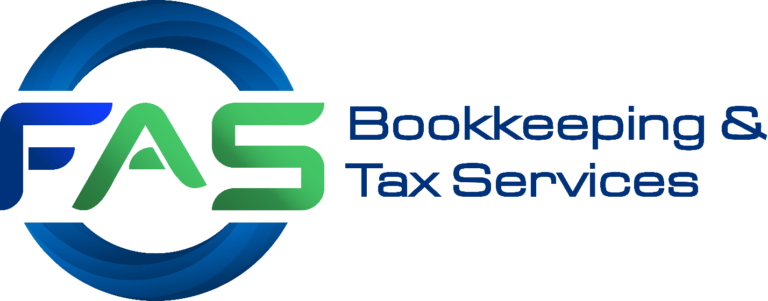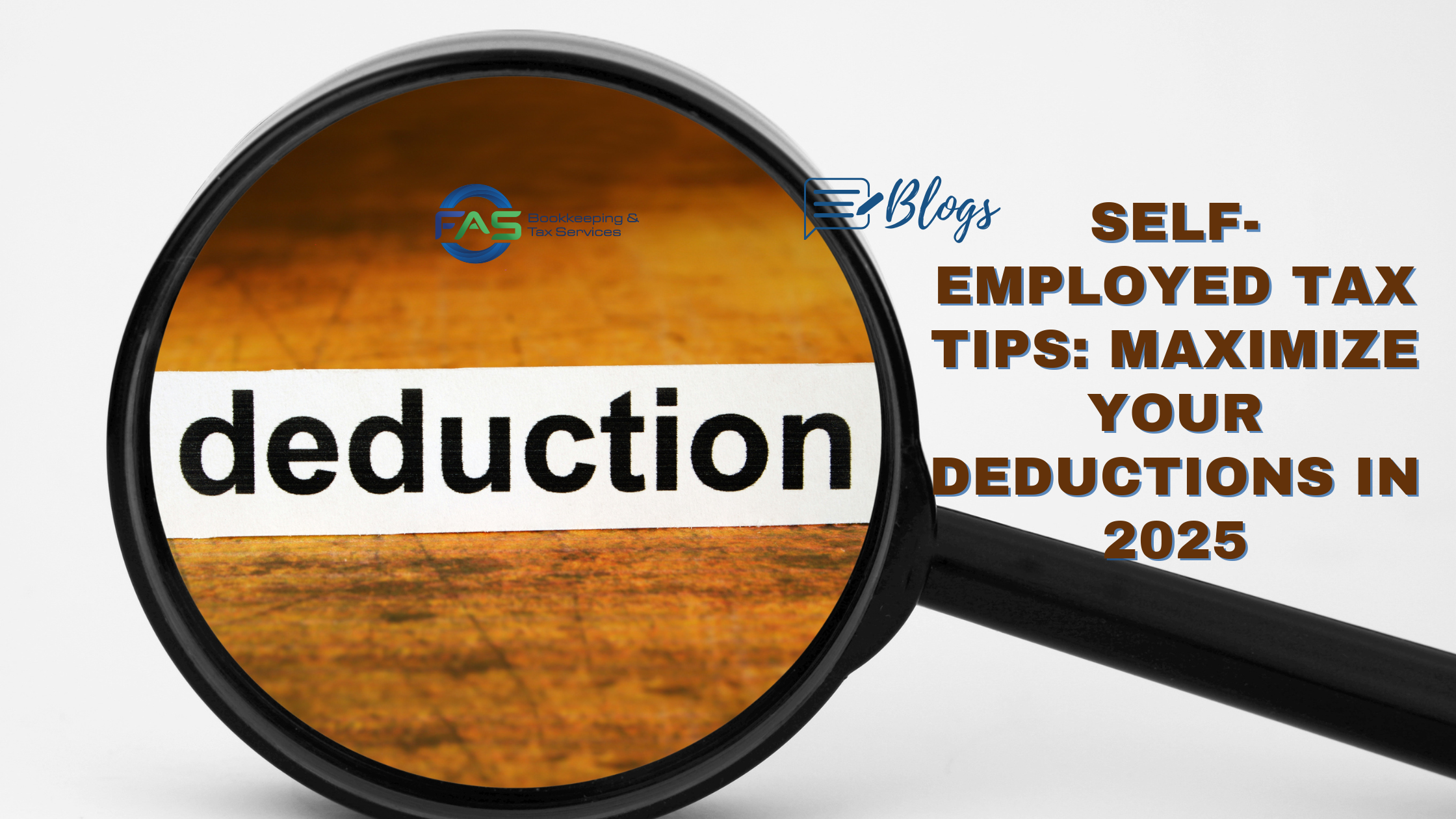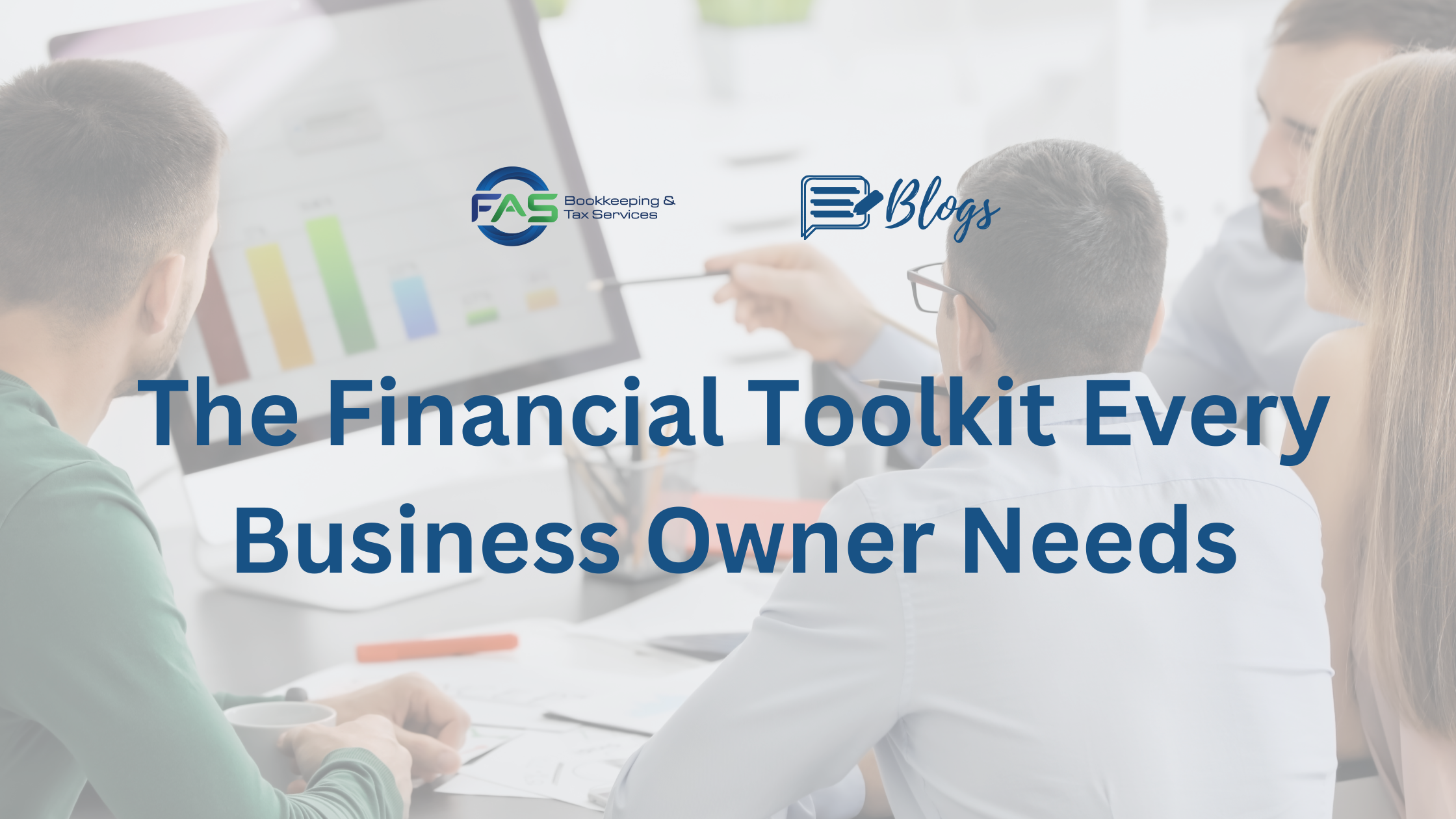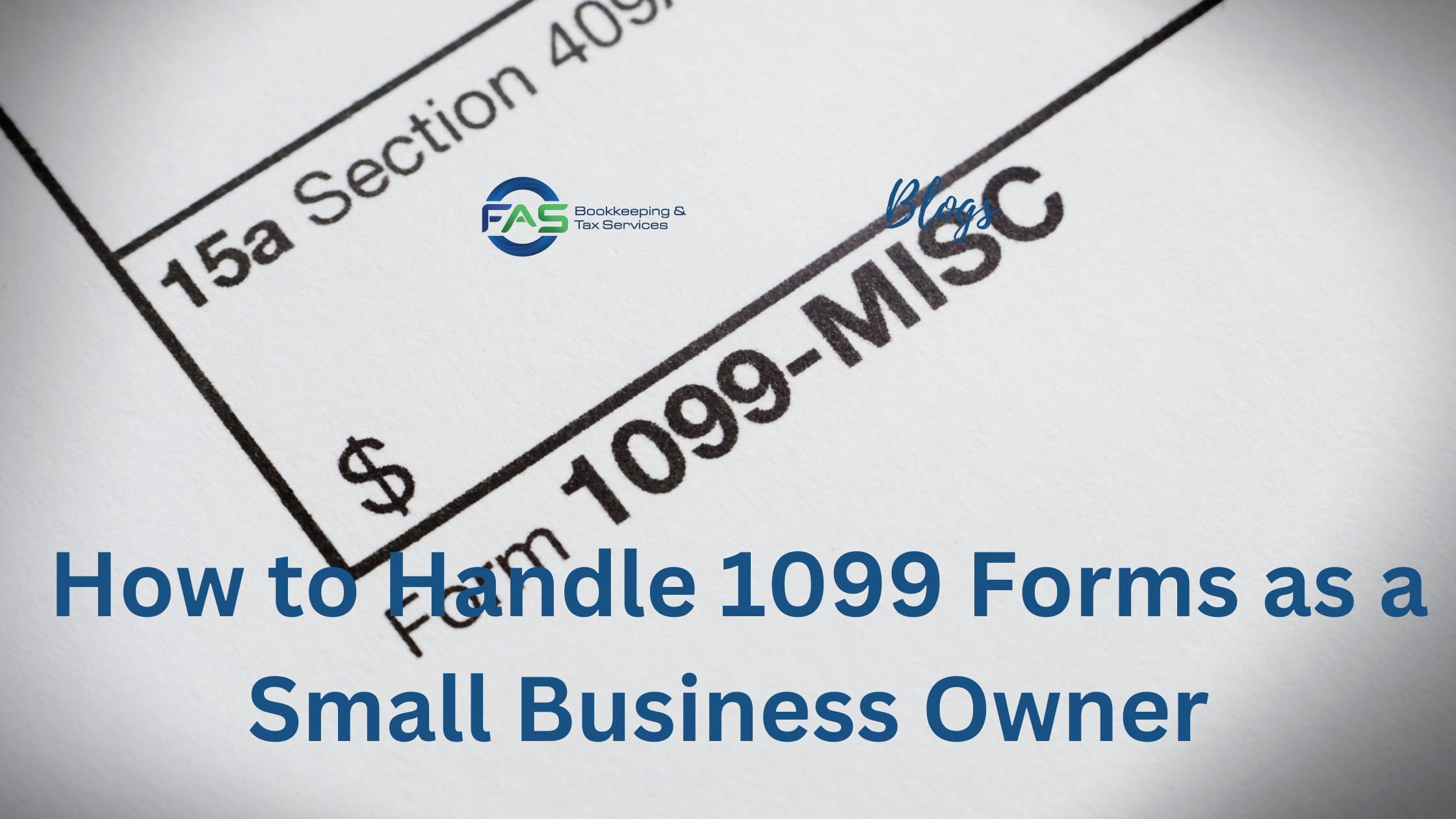How quarterly taxes work
If you have a legitimate source of income and are employed, the IRS requires that you pay taxes. This obligation is easy to fulfill if you’re employed. Your employer will withhold some amount from your salary, then forward it to the federal tax agency.
If you’re self-employed, as a freelancer, sole proprietor, or part-time business owner, you’re responsible for submitting taxes to the government. Quarterly taxes refer to estimated amounts that you forward every three months, even though you’ll file annual returns. If you happen to overpay for a particular year, the IRS will refund.
Do I need to pay quarterly taxes?
If you’re self-employed, you have to pay quarterly taxes. The first category is the self-employment tax, which consists of Medicare and Social Security. FICA taxes share the burden with your employer, but you’re wholly responsible for your self-employment tax. It makes up 15.3% of your income. Social security accounts for 12.4% of earnings up to $137,700, while the Medicare portion is 2.9% of all gains.
The second category is the income tax derived from business income and other self-employed earnings. The IRS provides Form 1040-ES to guide you through the necessary calculations—and it can be tricky! Your quarterly taxes can rise or fall during the year depending on how much money you make and how much you spend on supplies and expenses like rent or healthcare costs.
You need to plan for quarterly taxes
You can help ensure your taxes are paid accurately by planning ahead. Additional ways to prepare include:
Ensure your bookkeeping is accurate. Some accounting software allows the automatic generation of revenue and expense reports. You can also hire a professional bookkeeper.
Create an income statement. Your profit helps estimate the expected taxes. You can also base them on last year’s payments.
Pick a payment option. You can either submit your tax via mail with Form 1040-ES or through phone or the IRS2Go app. Other methods are cash, check, ETF, money order, and same-day wire. The electronic federal tax payment system is the best option for businesses.
After paying, save the receipt or take a screenshot of the confirmation for future reference.
Multiplying the AGI by the prevailing tax rate gives you an estimate of the income tax owed. Calculate your self-employment tax from your total expected income. Adding the two estimates gives you the cumulative expected annual tax. Divide the figure by 4 to establish your quarterly tax amounts.
How do you pay Quarterly Taxes?
Pay your quarterly taxes by the following dates to avoid a penalty for underpayment of Estimated tax:
First payment-April 15th
Second payment-June 15th
Third payment-September 15th
Fourth payment-January 15th
If the due dates fall on a holiday or weekend, they automatically move to the next available workday. To determine your quarterly tax, start by calculating the total expected income. Find the adjusted gross income (AGI) by subtracting the appropriate tax deductions.
Avoid penalties
Did you know that although it may seem like a complicated process, the IRS allows you to calculate the penalty for underpayment of estimated taxes via Form 2210?
And guess what? Every quarter that you underpaid will attract a fine. These penalties increase if you fail to pay any quarterly taxes for whatever reason. If the amount paid wasn’t enough, all future tax payments will settle these past obligations first.
When natural disasters or other unforeseen events happen, it might be possible for you to get a waiver if you have underpaid. The best solution is to hire a professional accountant to ensure your financial statements are in order and your taxes are filed on time. An Enrolled Agent can also reduce your tax obligation by identifying relevant deductions and credits.





